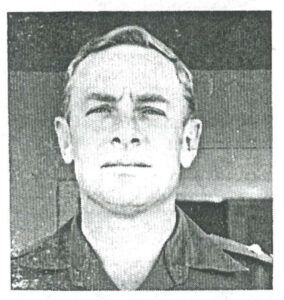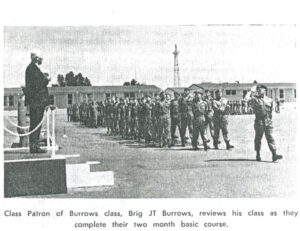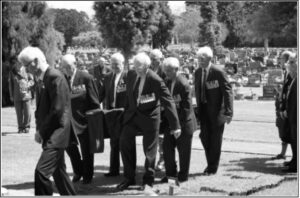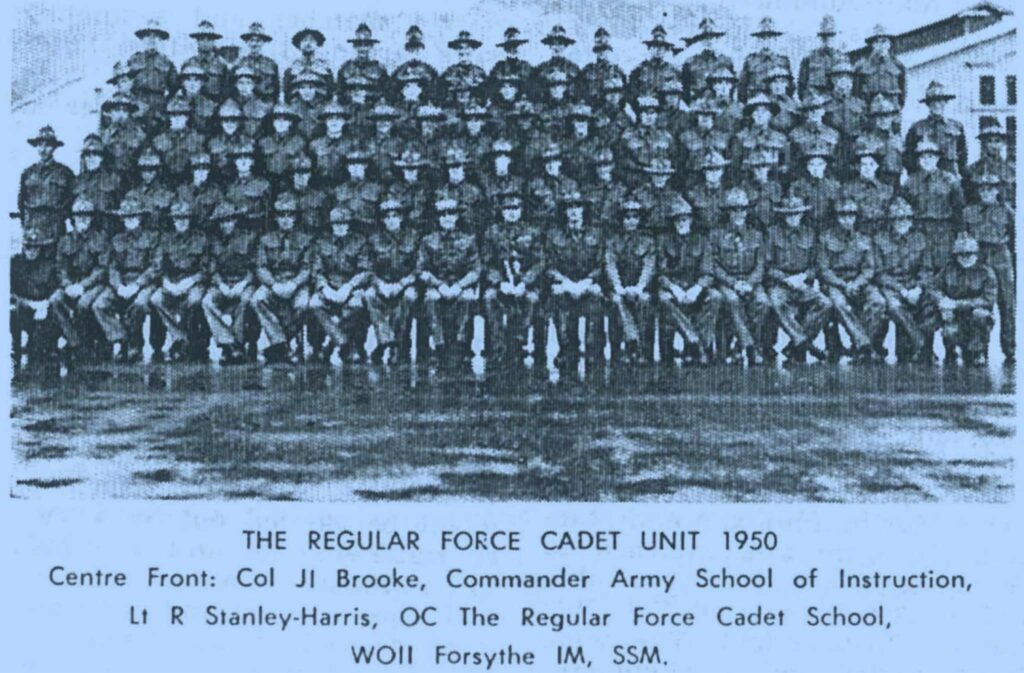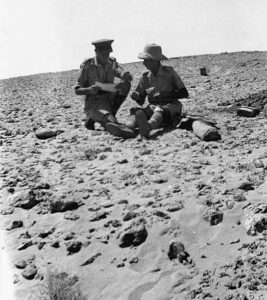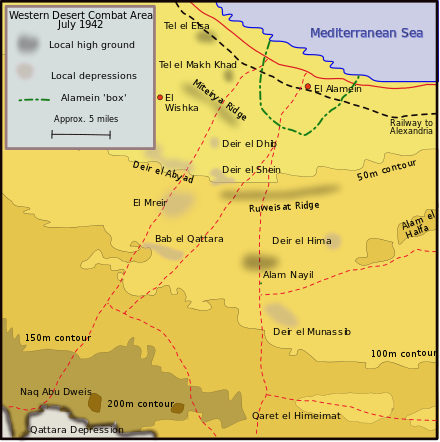
Greetings fellow Clubbies.
It’s been over 6 months since I last put up an As You Were! post (couldn’t you wait a bit longer? I hear you say). One of the reasons I haven’t posted was because I ran out of time while we were selling and buying a house and then we started a major reno project doing the place up that we bought. The do-up is about 75% complete now, but I’ll be really glad when I’m no longer tripping over tradies as I try to go from room to room.
Another reason why the posts petered out was we ran out of ex-cadets to pay tribute to. As well as selecting people ourselves, Bob and I have been relying on suggestions from you to sing the praises of. As this post is only the 25th in our series, that leaves a whole heap of the over 5,200 total Clubbies who could be nominated. Please give Bob or me a heads-up on who you think deserves recognition.
While waiting for more names to come flying-in, we are going to pay tribute to ex-cadets who have received awards for gallantry. (We have done so already for at least a couple - James Wairata Brown MC and Tony Howell MC). This issue, Sgt Noel (Shorty) Jamieson MM, Allen Class (1950) is in the spotlight. He and Flying Officer A.D.M. Winkelmann MID (Mead Company), were the first ex-cadets to receive gallantry awards.
Also included in this post are some tidbits about Allen Class and its patron, Lt Col S.F. Allen, and in Military History, we take a quick look at the First Battle of El Alamein, during which the only photo I could find of Lt Col Allen was taken.
Tribute - one of our own
Captain and Quartermaster Noel (Shorty) Jamieson M.M., Allen Class (1950)
Noel Jamieson enlisted in the NZ Army as an Allen Class RF Cadet in 1950. Few details are available regarding Noel's record of service, but we know he served in Malaya in 1958, embarking there as a Sergeant with the New Zealand Regiment, 1 Battalion, D Company, which formed part of the British Commonwealth Strategic Reserve. 1 Battalion was a component unit of the Commonwealth forces deployed to Malaya during the Malayan Emergency. In 1992 Chris Pugsley interviewed Noel about his time serving in the Emergency. The interview is held at the National Library: https://natlib.govt.nz/records/35831167
Noel also served with the First New Zealand Vietnam (1NZATTV) and with NZSAS. His corps was RNZAC.
While he was serving in Malaya, Noel was awarded the Military Medal. His citation reads as follows:
In January 1958 Sgt Jamieson was given command of No.12 Platoon, D Company in 1 NZ Regiment.
Under Sgt Jamieson’s direction his platoon reached a very high standard of jungle training and when committed to active operations proved itself to be one of the best platoons in the battalion. On 3 June 1958, an ambush party from Sgt Jamieson’s platoon killed one Communist Terrorist and wounded another. Sgt Jamieson skilfully led his platoon on follow-up operations after the ambush for twenty days of arduous patrolling in deep jungle and on the 23rd June 1958 one of his patrols contacted and killed another two Communist Terrorists.
On 13 July 1958, Sgt Jamieson’s platoon was again committed to deep jungle patrolling and on 8th August 1958 his platoon contacted and killed another Communist terrorist.
These successes can be attributed directly to Sgt Jamieson’s high sense of duty; vigorous leadership and personal example which has been of the highest order.
We also know from the RFCS 1973/74 year book that Shorty was posted to the staff of the School in 1972 in the rank of Lieutenant and Quartermaster. (I had the honour of serving with him during some of that period - ed.) He was posted out to Papakura in 1974. Noel leads a march-past at the School in the following photo:
A photo of Shorty with Singa Broughton at a RFCS all-of-school reunion was posted on Facebook by Singa in 2014. 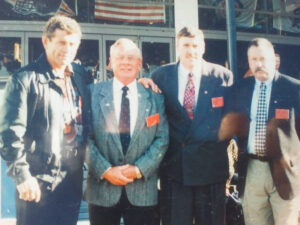
Shorty Jamieson died in October 2009 and was given a send-off by his NZSAS comrades befitting someone held in high esteem . The funeral service was conducted by Reverend Kevin Herewini (Gentry Class) and the bearer party, many of whom had also served on the staff of RFCS, included Brian Martin, Fred Barclay, Graham Brighouse (Miles Company), Hugh Oakley-Browne, Danny Wilson and Dave Ogilvey:
RIP Shorty. You were a fine RF Cadet graduate and a humble man who let his deeds do the talking.
Thanks to Bob Davies for research on this tribute.
Allen Class 1950 and its patron
Shorty Jamieson was one of 85 Allen Class Cadets. The class was the third Cadet intake but first in a number of ways. It was the first to be called a "Class", with Miles and Mead before it named as Companies. Our chromium-plated Dickson Crest cap badges were formalised with this Class in 1950, as was the wearing of scarlet shoulder tabs, which led to the colour later being adopted in other dress accoutrements (lanyard, beret, corps belt, and rank insignia). Members of Allen Class (other than Shorty) I served under or had a nodding acquaintance with included Terry Fell, Graham (Wally) Nash, Merv West, and Vic Whyman, although its unlikely you will be able to recognise any of them in this photo of the entire class:
The patron for the class was Lieutenant Colonel S.F. Allen, OBE. Like with Shorty, information about Lt Col Allen is hard to come by. A Google search unearthed the following:
- A report to the Minister of Defence dated 1 June, 1930 noted that "Captain S.F. Allen, who underwent a course at the School of Signals [England] returned... in December 1929". (The same report also noted that [Officer] Cadets F.L. Davis, R.C. Queree, and B. Wicksteed [any relation Mike?] who recently graduated at the R.M.C. Sandhurst were commissioned as 2nd Lieutenants...").
- A notice in the New Zealand Gazette posted by the Army Department on 1 January 1940, stated that "HIS Excellency the Governor-General has been pleased to approve of the following appointments to the First Echelon of the Second New Zealand Expeditionary Force in the ranks stated, with seniority in units as shown and to take effect as from 5th January, 1940, except where otherwise stated:
HEADQUARTERS, DIV SIGNALS.
Commander: Lieutenant-Colonel S. F. Allen, N.Z. Staff Corps. -
Lieutenant-Colonel S. F. Allen, Central Infantry, relinquishes command of Central Infantry Training Depot, and is appointed to command 21st N.Z. Battalion, vice Lieutenant-Colonel J. M. Allen, killed in action. Dated 7th December, 1941.
I could only find one photo of Lt Col Allen. It was taken during the First Battle of El Alamein at El Mreir, Egypt on 5 July 1942. He is shown with another officer (who later became the 1959 RF Cadet Class patron), Brigadier Howard Kippengerger (left):
Military History
First Battle of El Alamein
(https://en.wikipedia.org/wiki/First_Battle_of_El_Alamein)
Following the breakout at Minqar Qaim in late June 1942, the New Zealand Division fell back to the Alamein Line, where it took part in the first Battle of Alamein. At Ruweisat Ridge on 15 July 1942, and the El Mreir Depression a week later, the New Zealanders seized their objectives after successful night assaults. But on both occasions they were left unsupported by British armoured units, and when German tanks appeared they had no choice but to surrender.
Wairarapa farmer and rugby player Keith Elliott (1916-1989) [1980 RF Cadet Class patron] was awarded a Victoria Cross (VC) for his efforts at Ruweisat Ridge on 15 July 1942. Serving with 22nd Battalion, Elliott was wounded in the chest while leading his platoon in a successful breakout. Under heavy machine-gun and mortar fire he led a bayonet charge across 500 m of open ground, capturing an anti-tank gun, several machine-guns, and 50 prisoners. He then went on to help destroy two more machine-gun positions and capture another 80 prisoners, despite suffering further wounds to his thigh and knee.
The inability to get anti-tank and other heavy weapons forward to the New Zealanders contributed to the debacles at Ruweisat and El Mreir. But its main cause was the failure of the British armour to move forward. Faulty orders and a lack of initiative on the part of the exhausted British tank commanders lay at the heart of the problem. The 4th, 5th and 6th (NZ) Brigades suffered heavy casualties in these battles, and several thousand more New Zealanders were captured.
A stalemate developed on the Alamein Line. Rommel, conscious that a lack of reinforcements and supplies were weakening his position in North Africa, tried to grab the initiative before it was too late. On 30 August 1942 German and Italian forces breached the Alamein minefields and headed south in an attempt to outflank the Allied forces. Deciphered German codes – dubbed ULTRA intelligence by the Allies – allowed the Allies to track Rommel’s intended movements and they pounded his columns with artillery and from the air. Having made little progress and with his tanks short on fuel Rommel fell back to his original positions. This action marked the debut of the 8th Army’s new commander, Lieutenant-General Bernard Montgomery. While he was fortunate to assume command just as conditions began to favour the Allies, Montgomery had more than good luck on his side. He brought a new uncompromising approach to the campaign, immediately indicating that there would be no thought of further retreat.
(https://nzhistory.govt.nz/war/the-north-african-campaign/el-alamein)

